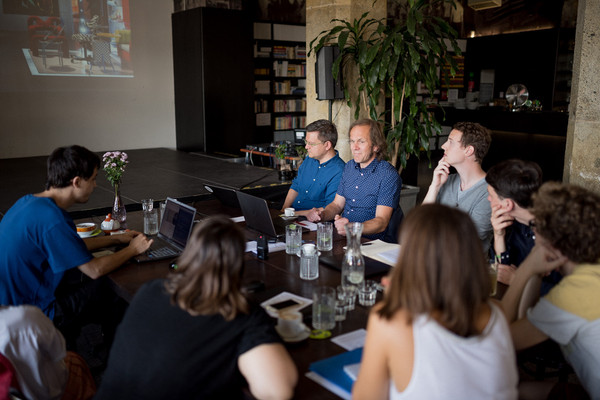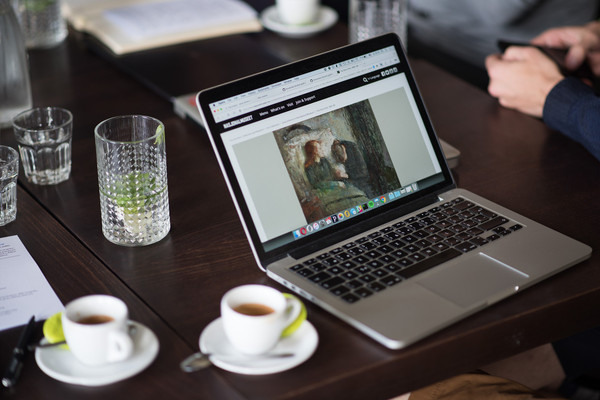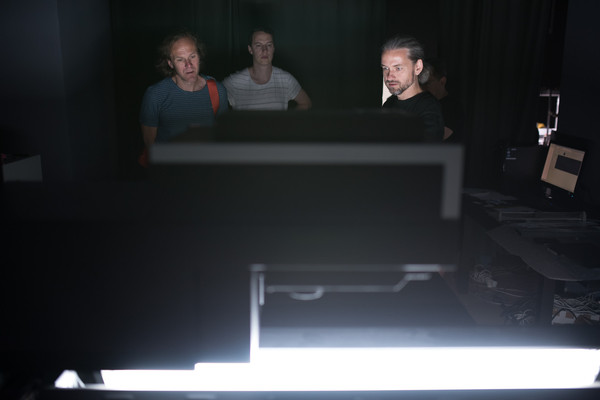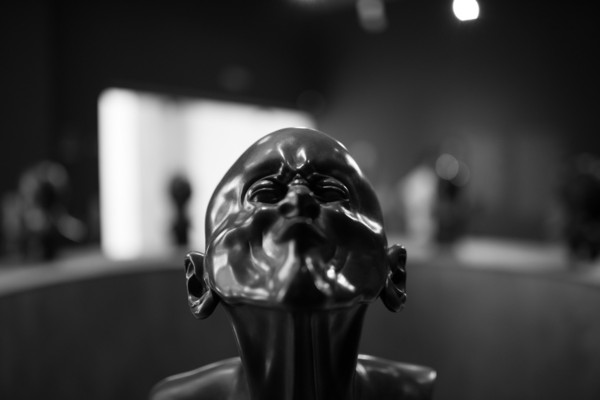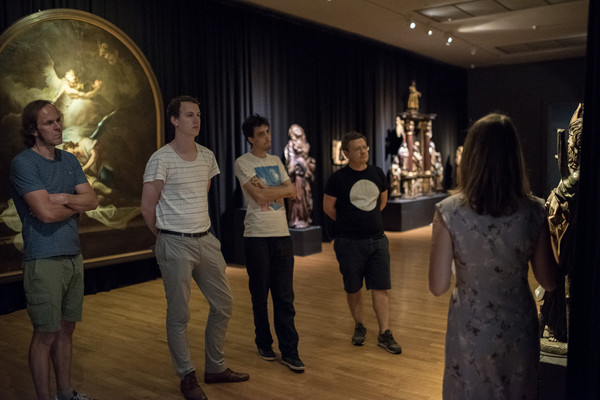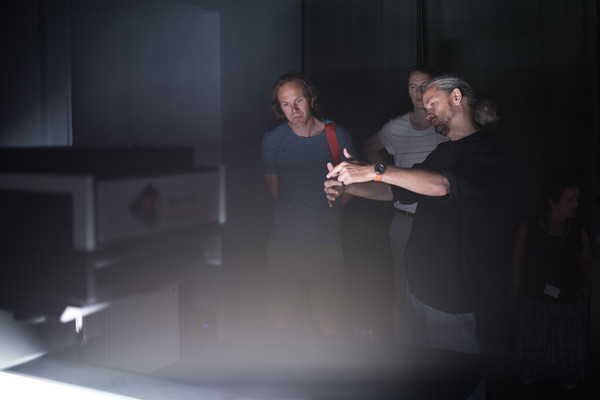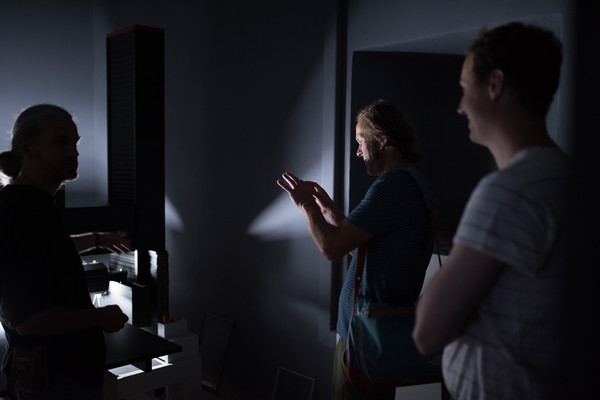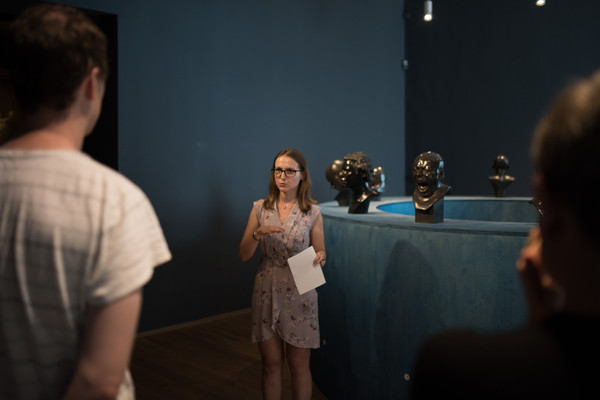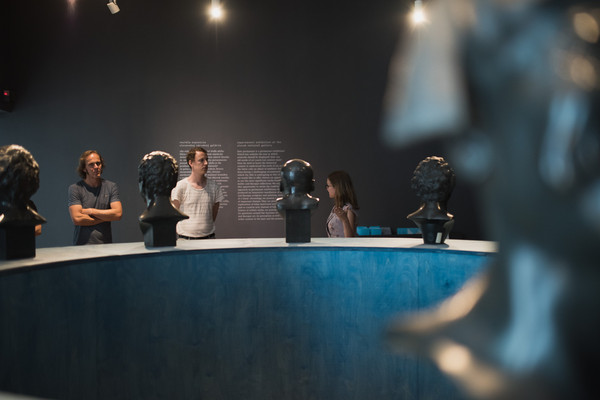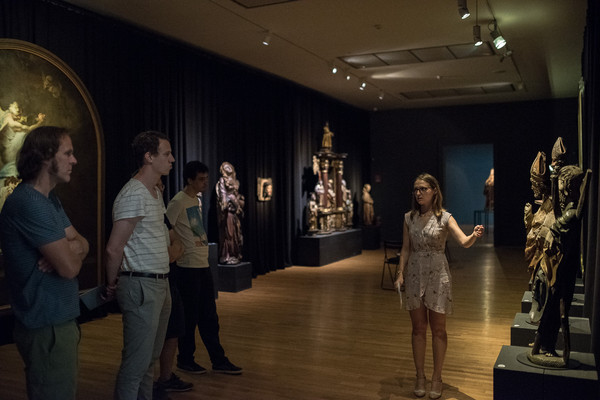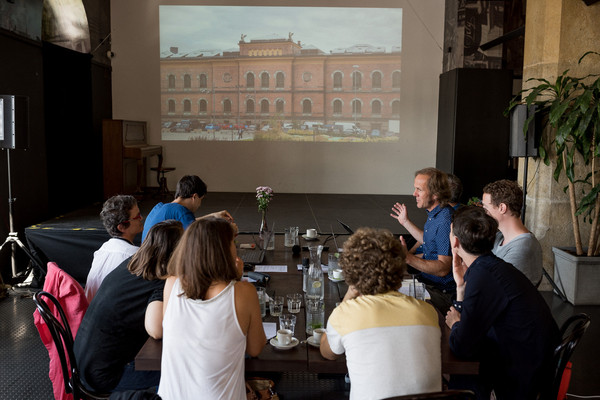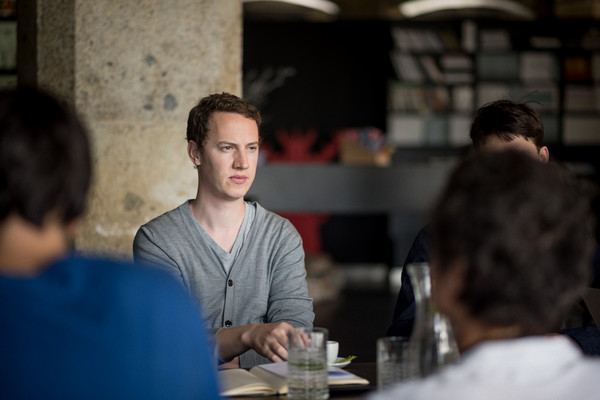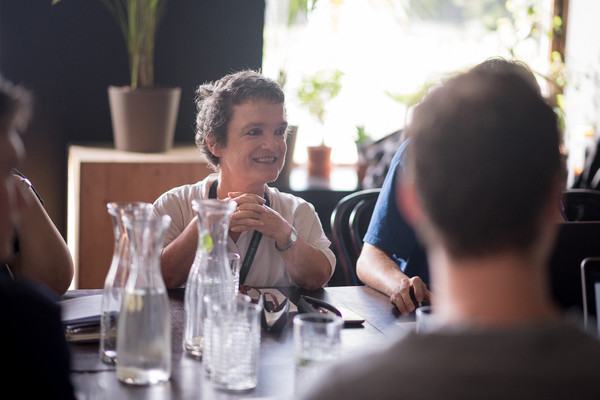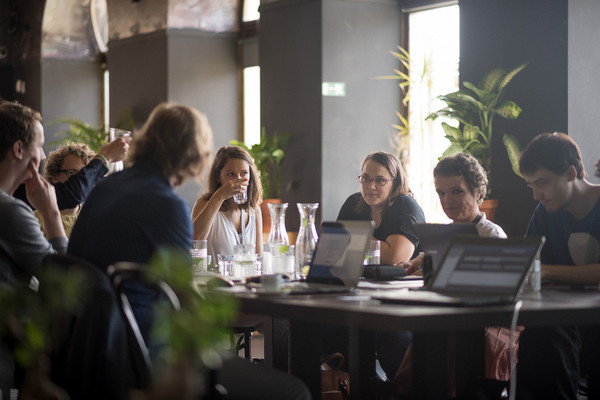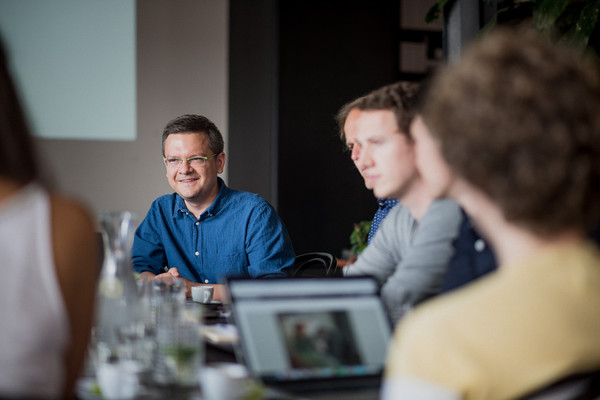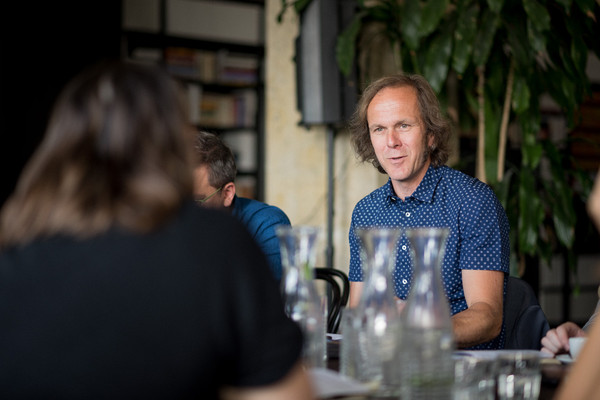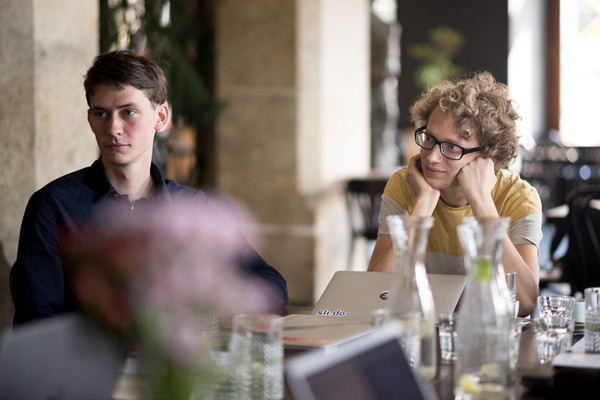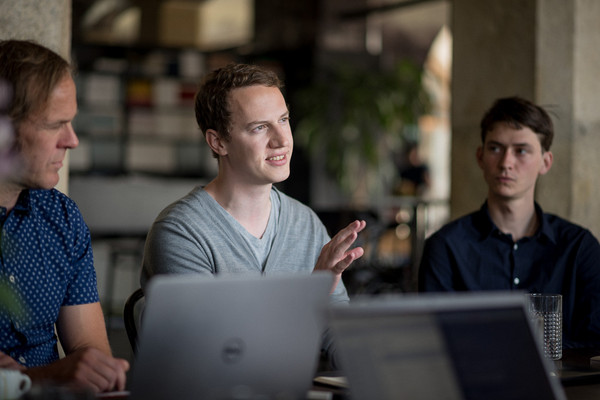3. 8 – 4. 8. 2016
Berlinka Café, Nám. Ľudovíta Štúra 4, 811 02 Bratislava
Participants
Dag Hensten – Senior Adviser, Nasjonalmuseet
Magnus Bognerud – Digital Collection Management, Nasjonalmuseet
Jana Bahurinská – Acting Head of Department of Research and Development, SNG
Mária Bohumelová – Head of Department of Research and Development, SNG
Michal Čudrnák – Technical Lead, SNG
Igor Rjabinin – Programmer, SNG
Philo Van Kemenade – Programmer, SNG
Lukáš Štepanovský – Content specialist, SNG
Report
On
the 3rd and 4th of August 2016, participants of the "Art, Collections
and Data Across borders" project from both Slovak National Gallery and
Nasjonalmuseet met in Berlinka Café for the first workshop. In the first
part, both institutions briefly introduced their online collections,
collection management systems, their approaches to art sharing and the
related technical solutions. Online collections websites Samling and Web umenia were presented and their goals and design paradigms discussed. Nasjonalmuseet explained their cooperation with Bengler
on projects dealing with artifical intelligence, image recognition and
finding new thematic or technical links between previously unrelated
artworks. The Slovak National Gallery showed projects by the in-house
department Lab.SNG – mobile apps (Soundwalk Strážky, Filko Audioguide),
experiments with hypervideo format
or their work on the multimedia exhibition "Preserving the World -
Museum Ritual in the Digital Age". We also outlined the plans for future
projects and improvements to the current systems, pointed out similar
challenges for both institutions (copyright issues when it comes to
sharing art, manpower requirements for long-term projects) and also
expectations from the new museum buildings.
The second part
of the first day was dedicated to the know-how exchange and discussion
about specific technical issues and solutions. Both Web umenia and
Sammlingen harvest data from their respective collection management
systems and require image servers (in our cases Open Sea Dragon or IIIF)
to display artworks and utilise some sort of full-text search. Further
development plans for the websites include new ways to display artworks
and media (3d objects, 360° views of exhibition spaces, responsive image
aggregation, integration into the CMS) and new time-effective ways to
populate the data with information relevant to the end user – artist
biographies, artwork geotagging, curatorial annotations and others.
Adding relevant information about the collections requires a lot of
human input and is therefore time-consuming, so we thought about ways to
combine computation with admin and user input. To successfully
crowdsource some of this content, we need to motivate users with
engaging activities, ample feedback, rewards or some sort of reputation
system with differentiated user roles (geotagger, annotator, bug
reporter). Effective quality control is also needed. We discussed
possible solutions (public calls for contributions or verifications,
collaborations with students, finding oddities in artworks using the
zoom function) and existing examples (AnnoTate crowdsourcing tool by Tate gallery, Crowd-Curated Exhibition Click!
by Brooklyn Museum, Annotathon). Both websites also need English
translation. This is a multiple-stage process – firstly, we need to
translate the terminology and the object thesaurus, so that the website
is comprehensible for non-native speakers on the basic level;
afterwards, we should translate as much of the original content as
possible, to provide some context for the user. How to decide the
priorities for the translation (with limited manpower) was also
discussed. Web umenia includes artworks from multiple Slovak museums,
each with different attitudes towards sharing high-resolution images and
dealing with copyright, so SNG shared the experience with trying to
involve more institutions into a common project. Sharing content with
third parties, open data and projects like Europeana were also
mentioned. Finally, both sides talked about plans for their digital
departments (Lab.SNG, Digilab at Nasjonalmuseet) and possible common
ground for cooperation.
Second day started with a visit to the SNG digitization workplace, where scanners were presented by their operators. Back in Berlinka, the workshop continued with a planning of the "Art Data Hackathon" - an event in October, involving both SNG and Nasjonalmuseet, where teams of participants have 24 hours to create something innovative using art, code and data from the Slovak and Norwegian collections. Various approaches to the hackathon format were considered and we eventually chose to emphasize cooperation of people with various backgrounds (instead of competition) and forming of diverse teams based on project ideas. We also decided to involve "mentors" – specialists in fields relevant to the topics – to guide teams along their way and also prepare short "lightning" talks to inspire participants. Call for participants, programme and topics will be presented on the dedicated website before the event. The workshop ended with a guided tour of the Nestex "Non-Permanent Exhibition", where SNG assistant curator Barbora Mistríková explained the unusual approaches to exhibiting the classical art collections and how the modern art can interact with them.
Presentations
